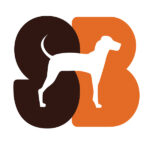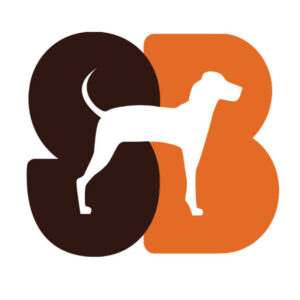
Interactive health services finder
Project for:
Tarrant County Administrative Agency
For this project we created an interactive health services finder for newly diagnosed HIV patients to connect to services in Tarrant County.
The tool became part of Tarrant County’s BeatHIV website.

Expertise
We created mid-fidelity wireframes and developed the final iteration with high-fidelity mockups from Belmont Icehouse.

Client
The Tarrant County Administrative Agency is located in Fort Worth, Texas. It manages all HIV /AIDS funding for care and services in the North-central Texas area. BeatHIV is Tarrant County’s initiative to help members of their community diagnosed with HIV, and suppress the viral spread.

Timeline
Our timeline was not consecutive as we worked with Belmont Icehouse to coordinate the project. The tool needed to be able to work with the existing website and draw on its information.
Challenge
HIV stigma and privacy
The BeatHIV team recognized how chaotic and scary it was for people who had just received a positive diagnosis for HIV. For some, it was essential to find quick, discreet, and informative directions as soon as possible.
The client wanted to create a tool that users could interact with to find out what they should do next. The tool would be accessible via QR code, so users could quickly scan with their phone in a healthcare provider’s office. It would then connect users to more information on the BeatHIV website.
Solution
Mobile and interactive health services finder
We recommended a mobile-first tool that encourages users to engage, learn about their condition, and feel hopeful that they will not be alone.
The goal of the project was to create an engaging mobile site that would encourage exploration and ease the fears of the initial positive diagnosis.
Our goals also included:
- Provide an engaging way to display information.
- Create a way to display lots of information without becoming overwhelming.
- Make the tool effective and pleasing on all devices.

Impact
The micro-site connected dozens of HIV resources in one place

Mobile-first
We created a single, dynamic interactive health services finder that houses HIV resources for Tarrant County residents. The page featured sections for quick access to information and resource contact information.
It was designed mobile first because most users would access from a phone.

Easy to maintain
We built the tool to be easy for the client to maintain themselves. This means they don’t need outside help to add or edit services.
Free Download
How UX improves the patient experience
Download our free guide in PDF format to see how UX can help your healthcare organization or medical tech product.





